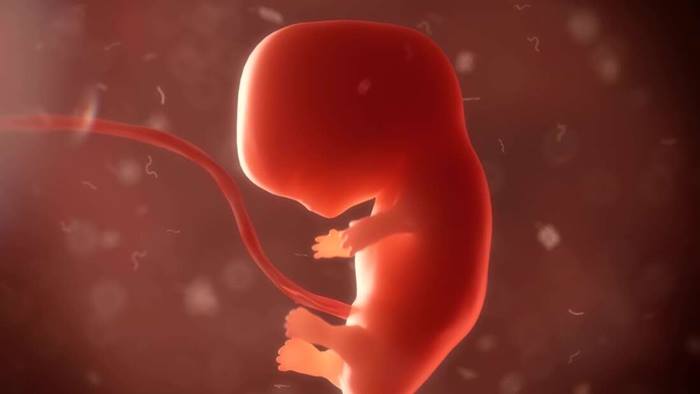Telset.id, Jakarta – A research team from Rutgers University, United States, has succeeded in combining robotics techniques with artificial intelligence technology to assist the recovery of patients with spinal cord injuries.
In developing it, the researchers used machine learning to identify synthetic copolymers or artificial polymers made of more than one monomer.
Reported Telset from Engadget on Tuesday (8/3/2022), this spinal injury recovery technology will identify which synthetic copolymers are the longest lasting and can be used for patients undergoing spinal injury recovery.
Also read: STAR Surgical Robot Performs First Operation
Remarkably, this technology is able to stabilize the Chondroitinase ABC (ChABC) enzyme from what initially only lasted a few hours to more than a week.
That way, the ChABC enzyme can be maximized in reducing scar tissue or scar tissue from spinal injuries and promoting tissue regeneration.
However, this method can only be used for spinal cord injury recovery, and is expected to be developed to provide maximum care for patients.
Meanwhile, there has been no further testing whether the technology that stabilizes the ChABC enzyme can be used for patients undergoing treatment for spinal cord injuries.
Scientists Make Artificial Womb

Not only for the recovery of patients with spinal cord injuries, the development of AI technology and robotics in the medical world has also been carried out by a group of Chinese scientists from the Suzhou Institute of Biomedical Engineering and Technology.
They have succeeded in developing an artificial uterus powered by an AI-based robot or artificial intelligence to treat embryos.
Reported Telset from IFL Science on Wednesday (2/2/2022), the artificial womb was supported by an AI robot that served as an embryo caregiver for optimal development.
Also read: Chinese scientists make an artificial uterus
The artificial uterus or long-term embryo culture created by the researchers is supported by a complex system of fluid reservoirs, in which the embryo develops, a series of fluid controllers, and is supplemented with oxygen.
On top of the artificial uterus, there is an optical device capable of enlarging the embryo and monitoring it in impressive detail. These optics then provide information on fetal growth to an AI-based babysitting robot.
Based on this information, the AI robot can even determine the embryo’s state of health and overall potency, if the researchers so desire. (NM/MF)

